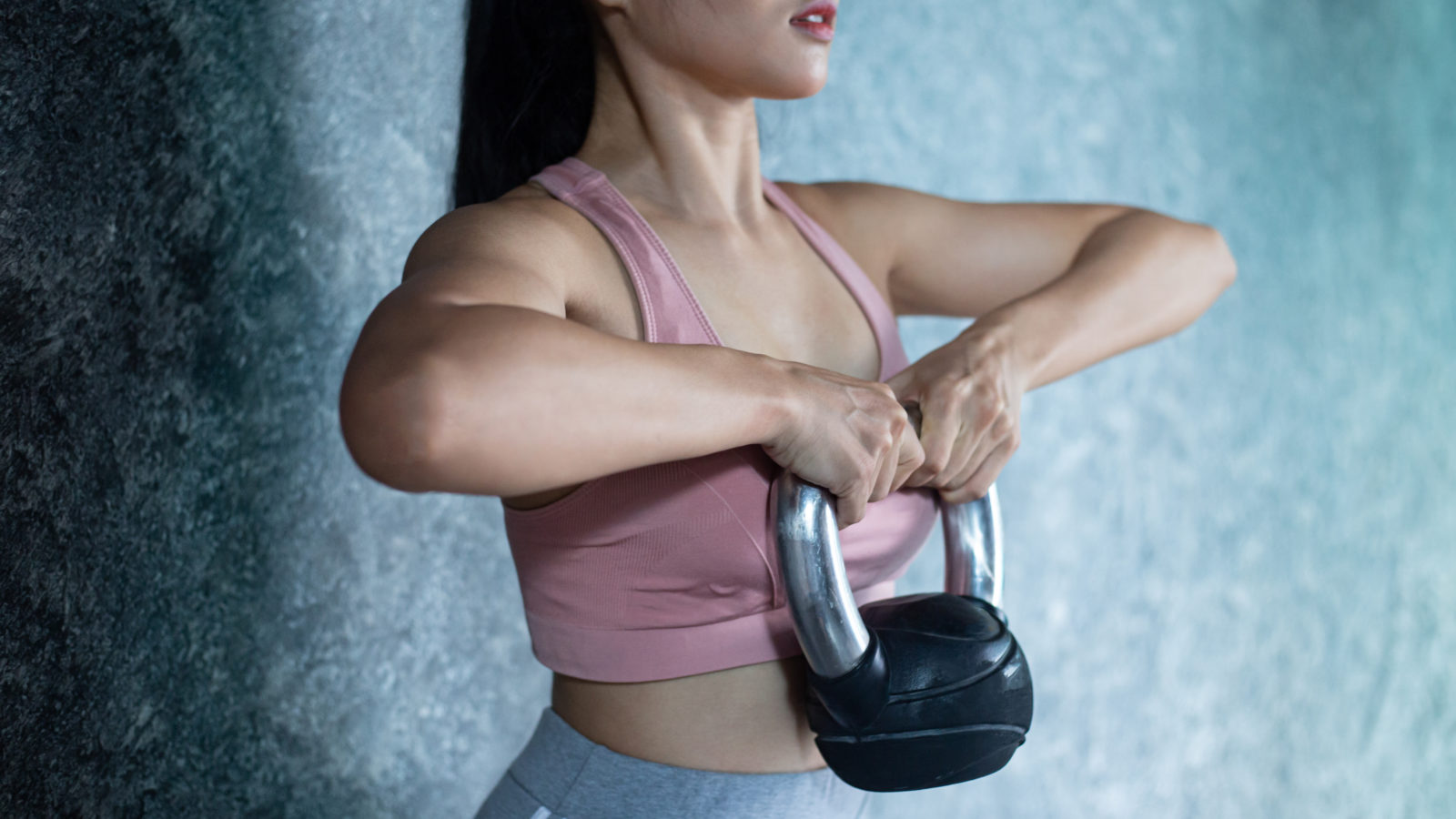Besides getting their nutrition on track, the first piece of advice I give the women who come to me to start their fitness or transformation journey (to get healthier or look more aesthetic) is to lift weights and complement that with cardio/interval training. This normally raises a bunch of questions.
But doesn’t cardio burn more calories?
Yes and no. With cardio you do burn more calories while you are working out, but that’s it. With weight training not only do you burn calories while working out, but for the next 12-48 hours as well, as the body repairs and grows broken-down muscle tissue. The net effect is a greater burn of calories than with cardio alone. And you get the toned muscle look you’re working towards as muscle forms beneath the skin. Additionally as you gain more muscle, your body has the ability to burn more calories.
But will I get bulky?
The next question that I get almost 90 per cent of the time is: “But won’t lifting make me look bulky?”
No. Testosterone is one of the main driving factors of muscle growth. It increases protein synthesis and increases the neurotransmitters and production of the growth hormone that ensure muscle tissue growth. Women genetically just don’t have enough testosterone to get that ‘big’.
Men produce between 8-12 times more testosterone, which is why their muscle growth is much more pronounced. The bulked-up women you see are either following a serious training and nutrition programme and working really hard to put on that size to serve a particular function in their sport, or are on testosterone supplements, again because they are working to get “bulky” for a particular purpose.
Most women nowadays want the Instagram model look, and if you actually go through the profile of their ‘idols’, you will find that most of them do lift.
What are the other advantages of lifting weights?
Besides the added advantages of faster fat loss and toned muscles, lifting weights also offers the following health advantages:
- Greater bone density, lower vulnerability to osteoporosis
- Greater strength, athleticism and flexibility
- Higher metabolism and energy
- Reduced risk of diabetes and heart disease
- Stress release
So how often should I lift and how much?
Ideally, if you have certain goals, consult a trainer to chalk out a plan that works towards that goal, week by week. This goal could come in the form of aesthetics or getting stronger at maybe a part of your body which you feel maybe weak. If not, a good outline is to have at least an upper-body day, a lower-body day, and a full-body day in the week. Supplement this with cardio either after your weight sessions or on a separate day to ensure you work on your stamina as well.
Two to three sets per body part will work well with a repetition range of about 10-12 reps per set. Make sure you increase the weight or intensity of your lift over time, so that your body needs to adapt and gets more sculpted.

Here’s a sample workout you can use.
Sample Upper-Body Day:
- Bench Press
- Cable Flys
- Bent Over Barbell row
- Lat Pulldown
- Shoulder Press
- Lateral raise
- Bicep Curl
- Tricep extension
Sample Lower-Body Day:
- Barbell Squat
- Stiff Leg/Romanian Deadlift
- Split Squat
- Leg Curl
- Leg Extension
- Glute Hip Thrust
- Calf Raises
- Skips
Sample Full-Body Day:
- Deadlift
- Front Squat
- Incline Bench Press
- Cable Row
- Strict Press
- Kettle Bell Swings
Sample Cardio + Core Day:
- 40-50 mins Steady State Light Cardio
- Core:
– 3 rounds
– 20 sit ups
– 15 leg raise x reverse crunch
– 10 Russian Twists on each side
In conclusion, hit the weights section at the gym and start lifting, if you haven’t done so already. And as you get fitter and healthier, you will get that toned bod as an added bonus.


